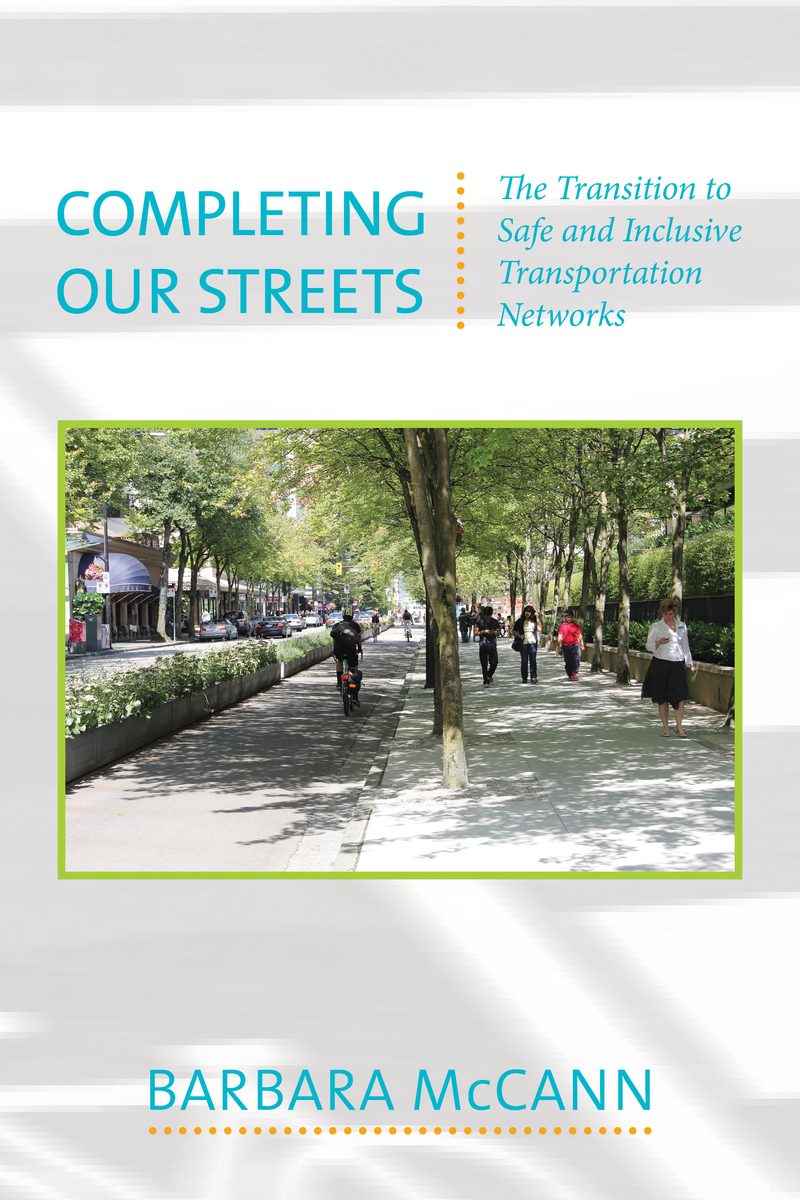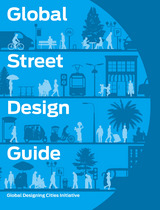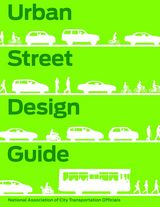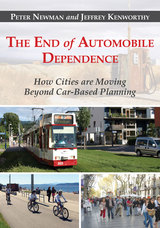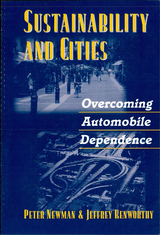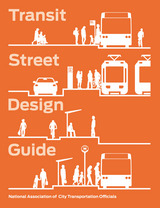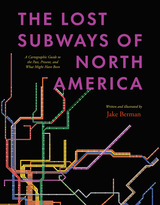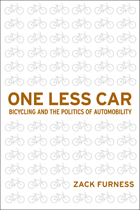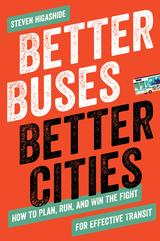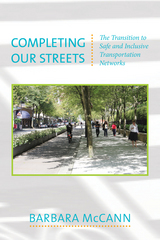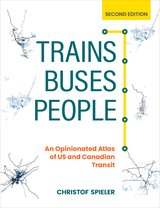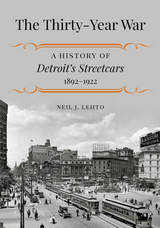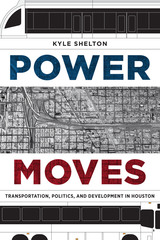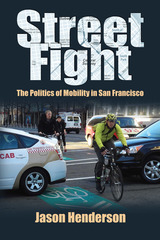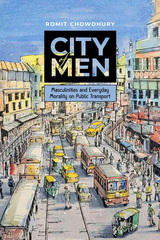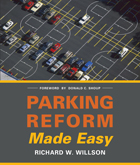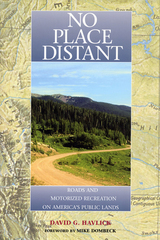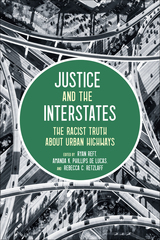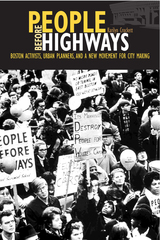Completing Our Streets: The Transition to Safe and Inclusive Transportation Networks
Island Press, 2013
Paper: 978-1-61091-431-4 | eISBN: 978-1-61091-432-1 | Cloth: 978-1-61091-430-7
Library of Congress Classification HE308.M38 2013
Dewey Decimal Classification 388.4110973
Paper: 978-1-61091-431-4 | eISBN: 978-1-61091-432-1 | Cloth: 978-1-61091-430-7
Library of Congress Classification HE308.M38 2013
Dewey Decimal Classification 388.4110973
ABOUT THIS BOOK | AUTHOR BIOGRAPHY | REVIEWS | TOC | REQUEST ACCESSIBLE FILE
ABOUT THIS BOOK
Across the country, communities are embracing a new and safer way to build streets for everyone—even as they struggle to change decades of rules, practice, and politics that prioritize cars. They have discovered that changing the design of a single street is not enough: they must upend the way transportation agencies operate. Completing Our Streets begins with the story of how the complete streets movement united bicycle riders, transportation practitioners and agencies, public health leaders, older Americans, and smart growth advocates to dramatically re-frame the discussion of transportation safety. Next, it explores why the transportation field has been so resistant to change—and how the movement has broken through to create a new multi-modal approach.
In Completing Our Streets, Barbara McCann, founder of the National Complete Streets Coalition, explains that the movement is not about street design. Instead, practitioners and activists have changed the way projects are built by focusing on three strategies: reframe the conversation; build a broad base of political support; and provide a clear path to a multi-modal process. McCann shares stories of practitioners in cities and towns from Charlotte, North Carolina to Colorado Springs, Colorado who have embraced these strategies to fundamentally change the way transportation projects are chosen, planned, and built.
The complete streets movement is based around a simple idea: streets should be safe for people of all ages and abilities, whether they are walking, driving, bicycling, or taking the bus. Completing Our Streets gives practitioners and activists the strategies, tools, and inspiration needed to translate this idea into real and lasting change in their communities.
In Completing Our Streets, Barbara McCann, founder of the National Complete Streets Coalition, explains that the movement is not about street design. Instead, practitioners and activists have changed the way projects are built by focusing on three strategies: reframe the conversation; build a broad base of political support; and provide a clear path to a multi-modal process. McCann shares stories of practitioners in cities and towns from Charlotte, North Carolina to Colorado Springs, Colorado who have embraced these strategies to fundamentally change the way transportation projects are chosen, planned, and built.
The complete streets movement is based around a simple idea: streets should be safe for people of all ages and abilities, whether they are walking, driving, bicycling, or taking the bus. Completing Our Streets gives practitioners and activists the strategies, tools, and inspiration needed to translate this idea into real and lasting change in their communities.
See other books on: Citizen participation | Local | Planning | Streets | Transition
See other titles from Island Press
